Learn about ongoing research into autism-friendly initiatives
Air travel experiences of autistic children/young people
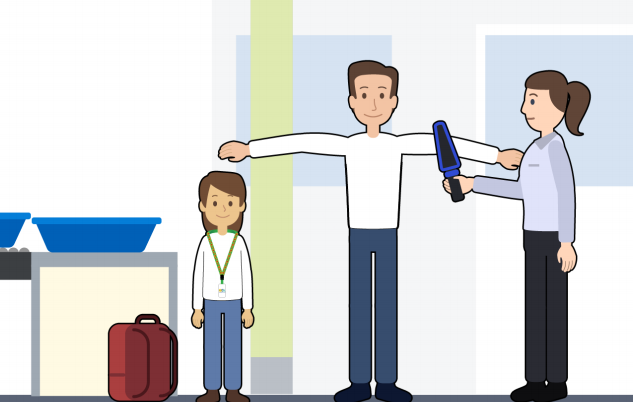
Aspect’s Autism Friendly team welcomes open-access practical research like “Air travel experiences of autistic children/young people” that focusses on quality of life outcomes. This is the sort of research that shapes practice that makes lives better.
The authors make a strong case for travel and tourism contributing to a person and family’s quality of life as well as creating opportunities for new learning as people see different places, people and cultures. The authors also commented that autism friendly initiatives might give airlines, travel companies and destinations a competitive advantage.
The study used an on-line survey to review both barriers and enablers to airplane travel from the perspective of parents travelling with Autistic children. It was shame that the perspective of Autistic adults were not included. It is unclear whether the research was co-produced with Autistic researchers.
The study revealed a long list of 45 travel stressors including unpredictability, change, waiting, crowds, sensory (such as loud announcements) in typical travel situations such as checking in, getting through security, pre-boarding and the flight itself. These stressors are not surprising but it is helpful to list air travel specific stressors such as temporarily parting with possessions in security or limits to movement on the plane to help develop specific accommodations. Stressors, unfortunately, also included negative interactions with other people (staff and passengers).
Parents listed a number of enablers such as ‘special flyer’ identification (such as the Sunflower Scheme), requesting special assistance in advance, fast track and special boarding, increased predictability (with strategies such as visual stories), bringing devices or preferred food / drink and sensory supports including noise cancelling headphones.
This research supports the social model of disability in highlighting the many barriers in the travel environment. The study found that 74% of parents who had travelled reported that their child had at least one meltdown in their journey.
This research supports Aspect’s autism friendly framework for airports and our work with Gold Coast, Sydney and other airports and the Australian Airport Association. We would appreciate the opportunity to work with more airlines to implement additional accommodations in flight.
Autism Friendly Built Environments
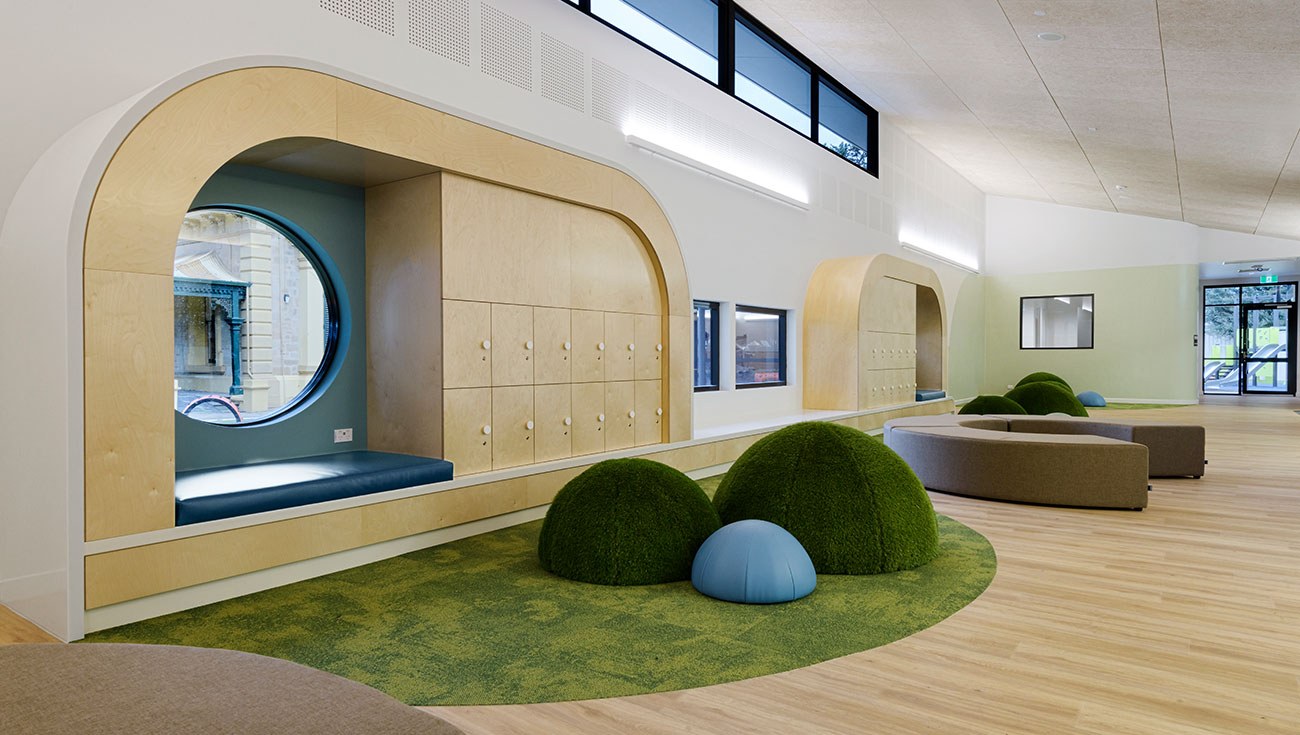
Why this research?
Over the last 20 years, governments and organisations have developed standards and practices to make environments more physically accessible for a range of disabilities. However, whereas we know the turning circle of a wheelchair, there is no universally agreed approach for autism friendly design, and often little research, evidence or consensus that includes meaningful autistic input.
As each Autistic person experiences the world in a individual way, it can also be difficult to develop a set of consistent practices that meets everyone’s needs. There is increasing recognition of the need to make built environments more accommodating for neurodivergent populations, including autistic individuals, and that this design also benefits other people too.
The research
“Considerations of the built environment for autistic individuals: A review of the literature”
This paper aimed to synthesise existing literature on the experience of the internal built environment for Autistic individuals. Additionally, it makes recommendations to inform future research for the development of future Autism-Friendly building standards.
The review highlights that no two autistic people are the same and therefore have unique needs when interacting with their environment which can vary from moment to moment. A key recommendation from this research is that the built environment must be designed for flexibility to allow the user to adapt and create their own environment.
The paper discusses in detail the following built environment considerations:
- Design and construction
(Layout, walls, building material, ceilings, entrances, orientation, windows) - Lighting
- Sound
- Aesthetics
- Clutter
- Texture
- Indoor air quality and temperature
Recommendations for further research:
- A significant portion of included studies did not include the first-hand experiences of autistic individuals, rather they sought the opinions and experiences of other individuals, such as caregivers or clinicians, making it difficult to ascertain the accuracy of these accounts
Aspect Autism Friendly designs and delivers services as a partnership between Autistic consultants and non-autistic staff.
- A key aim of the paper is to provide recommendations for designers, policymakers and clinicians.
Aspect’s Autism Friendly team has developed our own Built Environment Design Guidelines informed by research, our Autism Friendly Framework, our work with organisations and Autistic partnership.
Click here to find out more about the Aspect Autism Friendly team
Autism Friendly Public Bus transport
Paper: Dirix, H., Ross, V., Brijs, K., Bertels, L., Alhajyaseen, W., Brijs, T., Wets, G., & Spooren, A. (2023). Autism-friendly public bus transport: A personal experience–based perspective. Autism, 27(5), 1219-1234. https://doi.org/10.1177/13623613221132106
Find a copy here https://journals.sagepub.com/doi/abs/10.1177/13623613221132106 (paywalled)
Summary: This paper reviewed the perspectives of 17 Autistics Adults and their experiences of public bus travel in Belgium.
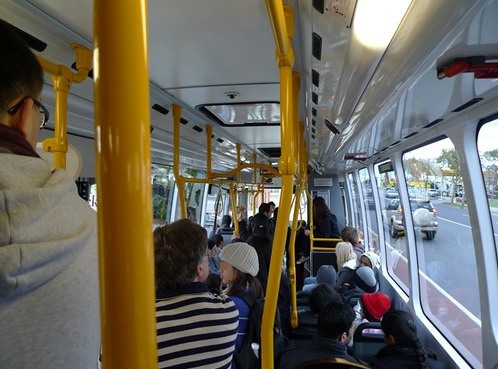
Why is this important?
Public transport supports people to do everyday tasks – shop, work, travel, play, exercise and socialise – all essential in a good quality of life. The paper notes that Autistic people are less likely to obtain a driver’s licence or obtain it later, meaning increased reliance on public transport. There are many barriers in public bus transport that might be addressed to make travel easier. Whilst there will be some differences between countries, many lessons are valid for Australia.
What was the study about?
This paper collected the perspectives of 17 Autistics adults (aged 18-34) about public bus travel in Flanders, Belgium using semi-structured interviews. The interviews covered all aspects of bus travel from general questions (“What are your general experiences concerning using the bus?”) to specific parts of a journey (“What do you find accessible about a bus stop and what not?” and “What are your experiences regarding tickets and their use or when ordering them?”)
What were the findings?
The researchers developed three themes from the information and the paper describes the stress and anxiety when these don’t work well.
- Predictability & reliability
- Providing an overview throughout the journey (including the bus stop, the passenger seats, the ticketing system, the information boards at the bus stop)
- Consistency
- Information accuracy
- Sensory stimuli
- Communication
Interviewees described the importance of easy access consistent reliable ‘real time’ visual information that answered key questions: where am I now, how long do I have to wait, is this my bus, how busy is the bus, what stop is next, how will I know when it’s my stop, can I sit near the doors, what happens if there is a special service, delay or roadworks?
Interviewees also wanted to know that it would be OK to use sensory tools (like noise cancelling headphones) and to be able to ask for help from trained staff if needed.
The research participants identified lots of challenges
- bus stops and seats that were obscured by advertising, preventing seeing busses arriving or progress on the bus
- inconsistent ticket systems or systems that didn’t give helpful informatiopn
- oor signage that made bus numbers hard to read
The most problematic issues for the participants were: “no up-to date timetable, unclear bus number, inconsistencies in the planned route, unclear visible timetable, inconsistencies in the displayed schedule, and lengthy transfers”. Any time there is one of these challenges it reduces trust in and likelihood of future use public bus transport.
What have we learned?
There is a lot that public bus companies can do the increase the predictability of bus travel and through listening to Autistic customers and working with specialist autism friendly providers, public bus companies can improve the quality of lives of Autistic people and others with a hidden disability.
Exploring the autistic and police perspectives of the custody process.
Paper: Holloway, C.A., Munro, N., Jackson, J., Phillips, S. & Ropar, D. (2020). Exploring the autistic and police perspectives of the custody process through a participative walkthrough. Research in Developmental Disabilities, 97
Open access here: https://www.sciencedirect.com/...
This paper explores autistic and police perspectives of the custody process using a ‘participative walkthrough’.
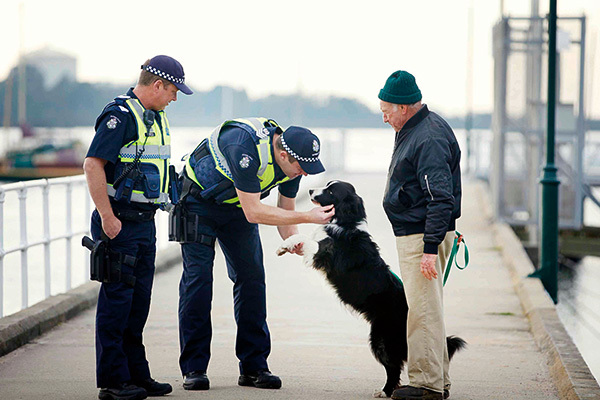
A walkthrough involves one or more autistic people walking through an environment whilst it is being used on a typical day. The autistic participant describes moment to moment challenges and stressors and these are logged by a walkthrough partner. The walkthrough partner observes and captures information, sometimes using a map of the site.
The authors describe the ‘go along’ technique as “typically used by researchers to learn more about a neighbourhood or place or experimentally, to explore new and unfamiliar situations”. It combines qualitative research methods that are more detailed and accurate than general surveys not conducted in situ or those that do not use walkthrough partners.
The researchers found helpful information about the importance of predictability to improve familiarity, the impact of the size of the space, sensory issues, communication challenges, a need for staff training to improve support. All of these issues can lead directly to immediate improvements in the process both for staff on site as well as longer-term changes to policy and practice.
One example: Not knowing what was going to happen was a key source of anxiety. One participant emphasised that it helped when the officers provided a context for what was happening by explaining what they were going to do and why they had to do each thing.
Aspect uses the walkthrough technique in all autism-friendly consultancies, whether airport, museum or outdoor opera and we understand the value for customers in providing a rich source of practical information.
Nippers and Inclusive Beaches
For all children, participation and inclusion in community activities and in physical activity has many benefits. However, in general, children on the autism spectrum are less physically active and have lower rates of community participation compared to non-autistic children. Being ‘different’ can lead to children on the autism spectrum and their families being left out of mainstream community-based physical activity programs, such as sporting clubs.
In Australia, one very popular community-based weekly physical activity program is Nippers, which is provided each summer by surf lifesaving clubs at beaches across Australia. In 2017 Aspect Practice received funding to provide a program of support to surf lifesaving clubs in New South Wales and Queensland so that they could run Nippers sessions during the 2017-2018 summer that were adapted to be inclusive of children on the autism spectrum. This was called the Inclusive Beaches project.

What would an adapted program of Nippers need to provide so that children on the autism spectrum and their families could take part, feel included and have a good time? What support would clubs need?
Learn more here
Visual clutter in the classroom
We reviewed a 2016 research paper on “Visual clutter in the classroom” https://www.ncbi.nlm.nih.gov/pmc/articles/PMC8115453/
Why is this study important?
For many #Autistic people it can be hard to prioritise competing sensory input. Aspect Autism Friendly noted “It’s like when we have turn down the car radio to park the car”. Visually cluttered environments impact a person's ability to attend to important information.
This study shows us the importance of considering student voice in creating visually organised Autism-friendly classrooms. By giving students the chance to express their reactions to visual stimuli, educators can better understand student needs and adapt classroom environments accordingly.
What was this research study about?
Many Autistic children can be hypersensitive to visual differences and are easily distracted by competing visual stimuli, such as decorations, classroom layout and toys in the classroom. The research was conducted in three phases: photo elicitation, draw and talk, and semi-structured interviews. These methods allowed students to express their thoughts and feelings about classroom environments in different ways, prioritising their voices.
What were the findings?
Some of their suggestions that help make for more Autism Friendly classrooms are:
- Use calm colour palettes (they suggest shades of brown, green & white)
- Be clear how a student is meant to interact with what they see
- Display decorations & student work away from focus areas
- Position furniture so students can see relevant people and objects
- Give students an opportunity to see their whole classroom unobstructed from anywhere in the room
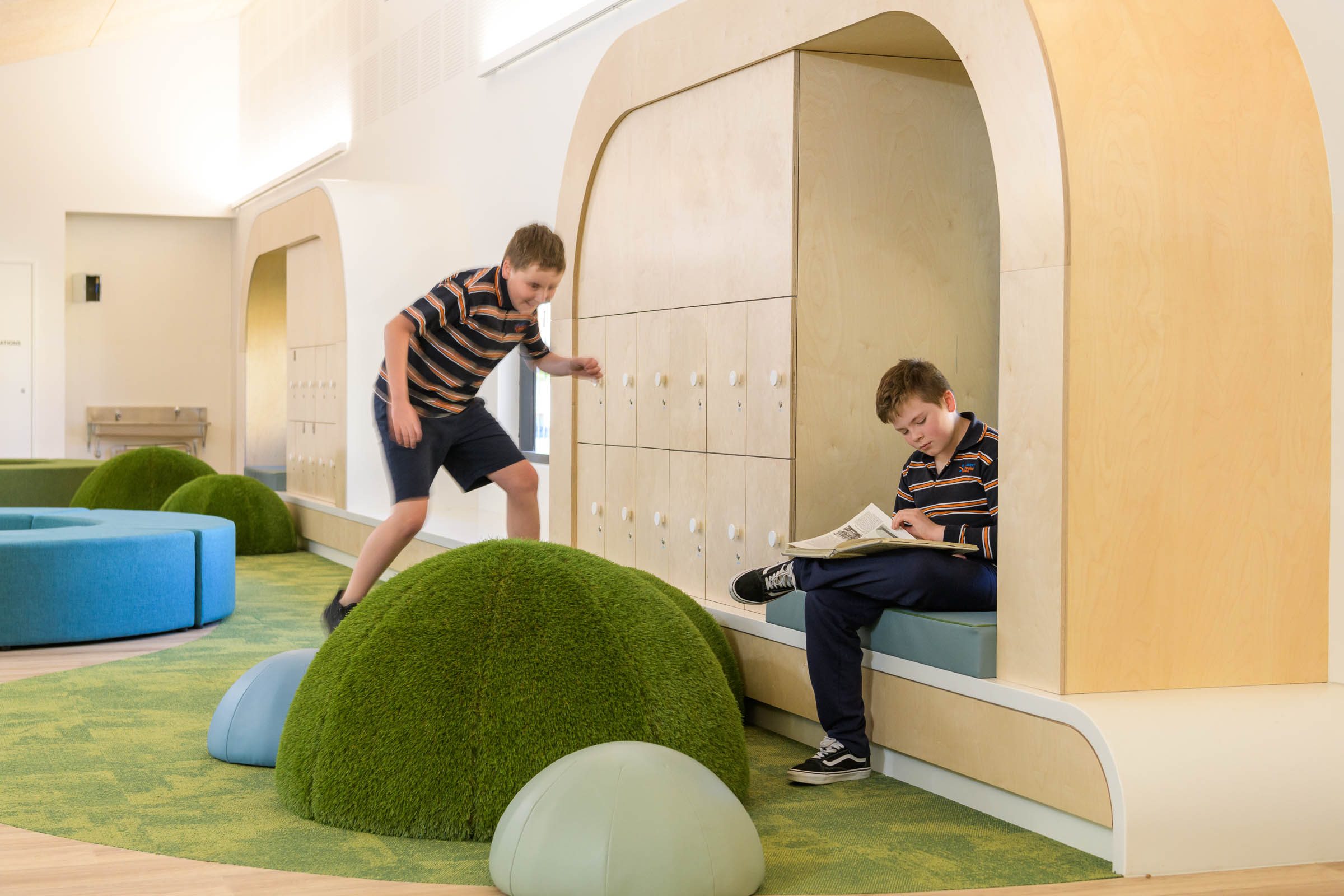
What have we learned?
Aspect Autism Friendly often recommends reduced visual clutter and it is good to see more research supporting and guiding this. Including Autistic people in research leads to stronger outcomes.
Reducing visual clutter will help Autistic people focus on important information, increasing opportunities for learning and maximising contribution.


